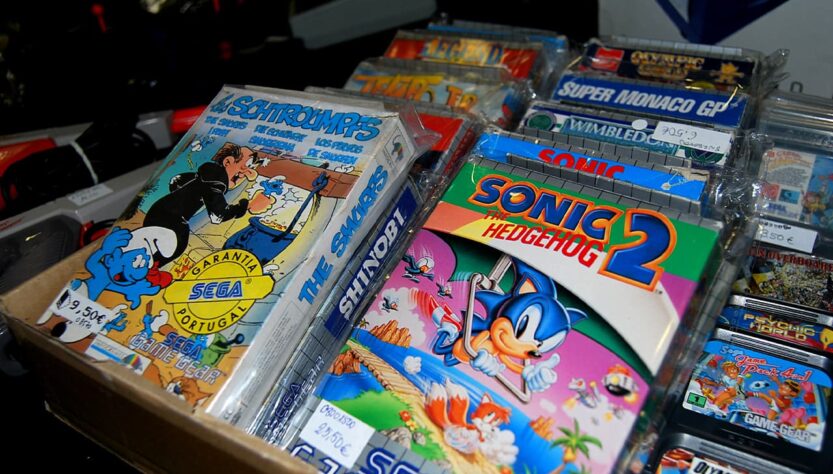Modern versions of retro consoles have inherited from their forebears only the body and a classic recognizable appearance. Inside – these are completely different devices that have nothing in common with the hardware base of consoles from the 90’s. Modern “newodel” has the necessary set of interfaces to connect to modern TVs, software emulators on board, converting game content into a “lamp” likeness of what existed at the dawn of the game industry and recognizable set of peripherals for a relatively comfortable game.
At the same time, retro consoles, unlike their predecessors, are more functional. They can simultaneously perform the functions of:
8-bit console;
16-bit console;
arcade machine;
media player.
Many of them have a slot for installing original game cartridges, which can still be found in the entresols of avid gamers. The main game content, in most cases, is already “flashed” into the memory of the device or can be installed with an ordinary flash drive.
And the games themselves have undergone changes. Most of them are localized (translated into Russian), which gives players a more complete understanding of what is happening on the screen, and therefore a more complete and conscious immersion in the game story.
As for the connection possibilities, the familiar RCA-connectors still play the main role, but the HDMI-interface, which allows you to transmit the video and audio track over a single wire, stepped up to the mark.
Avid gamers who spend a lot of time on the road and business trips, probably will like the compact solutions retro consoles, presented in the form of small flash drives that can easily be taken with you.
The control devices (joysticks) have also changed. Along with the traditional wired solutions, a new trend is outlined – in today’s consoles are increasingly used wireless versions of control devices.
This is more convenient in terms of ergonomics (you can comfortably sit at a considerable distance from the screen) and safer for the integrity of the console. It won’t fall to the floor in the heat of the game being yanked from its place by the joystick cable. And the wire itself will be safer.
Disadvantages of retro consoles
For all the simplicity and uncomplicated design and widespread switching capabilities, retro consoles have some shortcomings. The main drawback is that modern TV sets have gone a long way ahead of their 30-year-old predecessors. Many modern devices simply refuse to correctly interpret the signal from the set-top box and display the image on the screen.
The second disadvantage is that the response time of wireless joysticks is quite noticeable. At times it is so great that it categorically interferes with the creation of the “light bulb” atmosphere of retrogaming.
Fans of duck hunting and rapid-fire duels will also be disappointed.
Shoot targets with the “light” gun on the modern screen will not work. The technology is not the same. For this purpose, you will need to connect the good old TV with a kinescope. However, even here you need to be careful. Not every “new model” will be able to broadcast a signal to it. In order to do this, the set-top box must be equipped with a special switch for displaying the picture.
Outputs
Of course, 8-bit and 16-bit consoles can not compete with today’s gaming industry. Neither in speed, nor in graphics, nor in gameplay. But what they did has already made history! They’ve “brought” tons of gaming entertainment content to the masses for all tastes. So why not pay tribute to them and, for a small fee, “rewind” time 30 years ago, when the trees were taller and the grass was greener?

